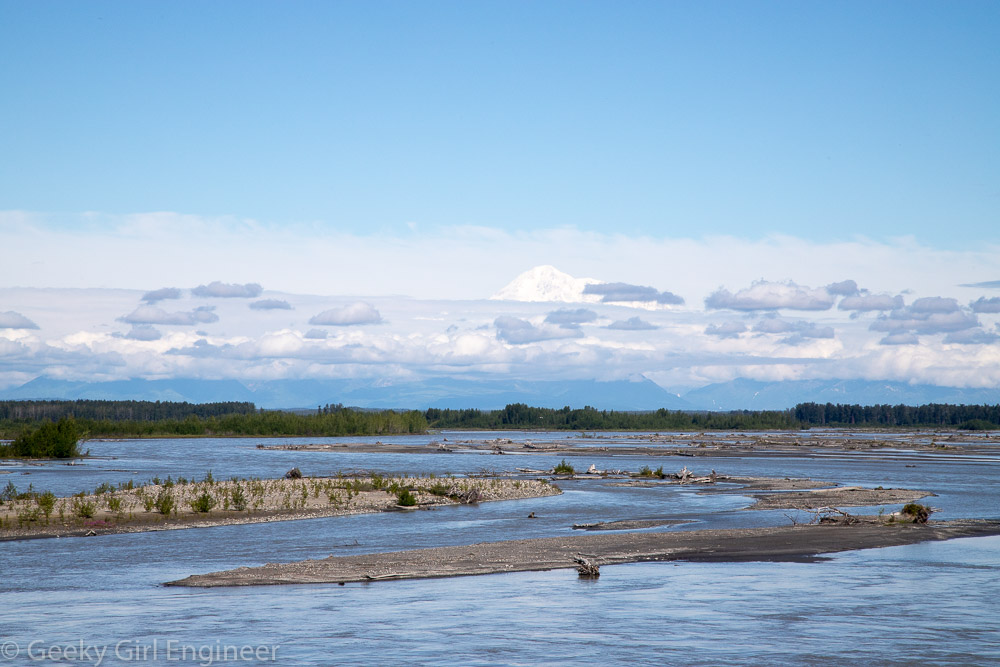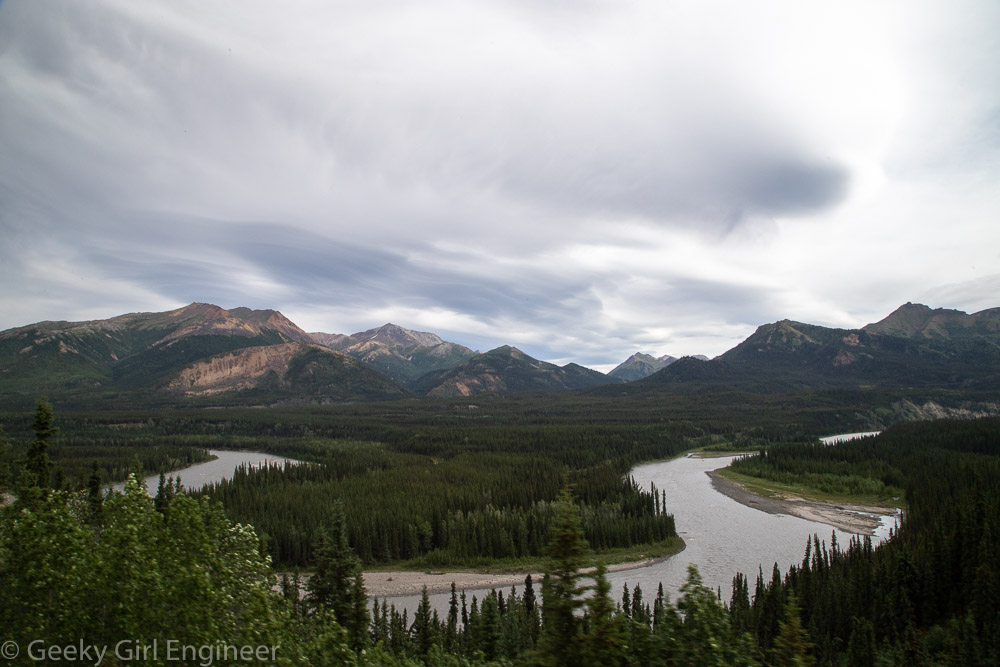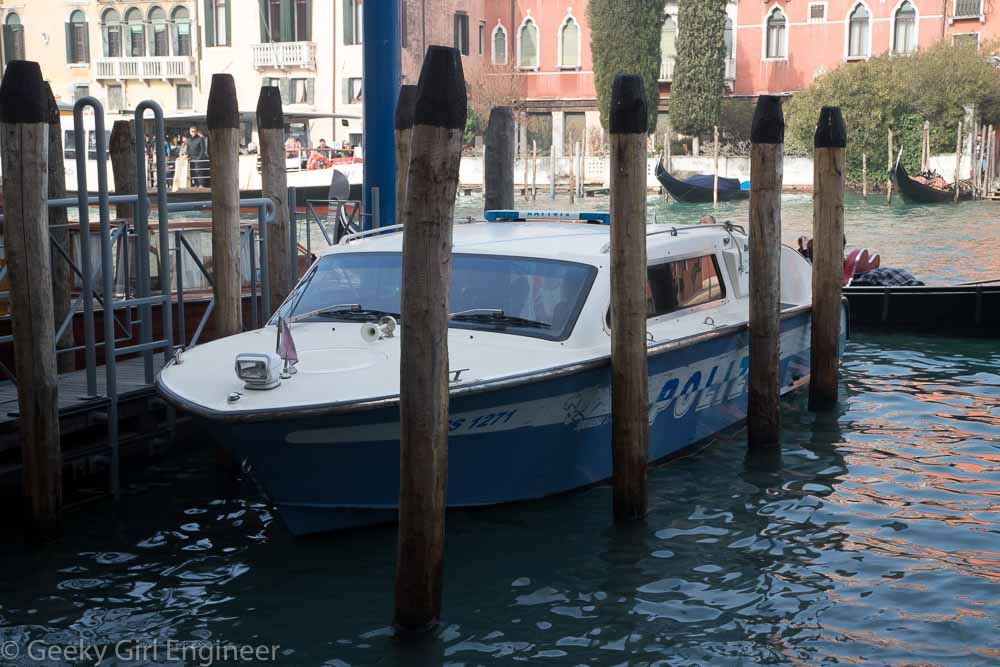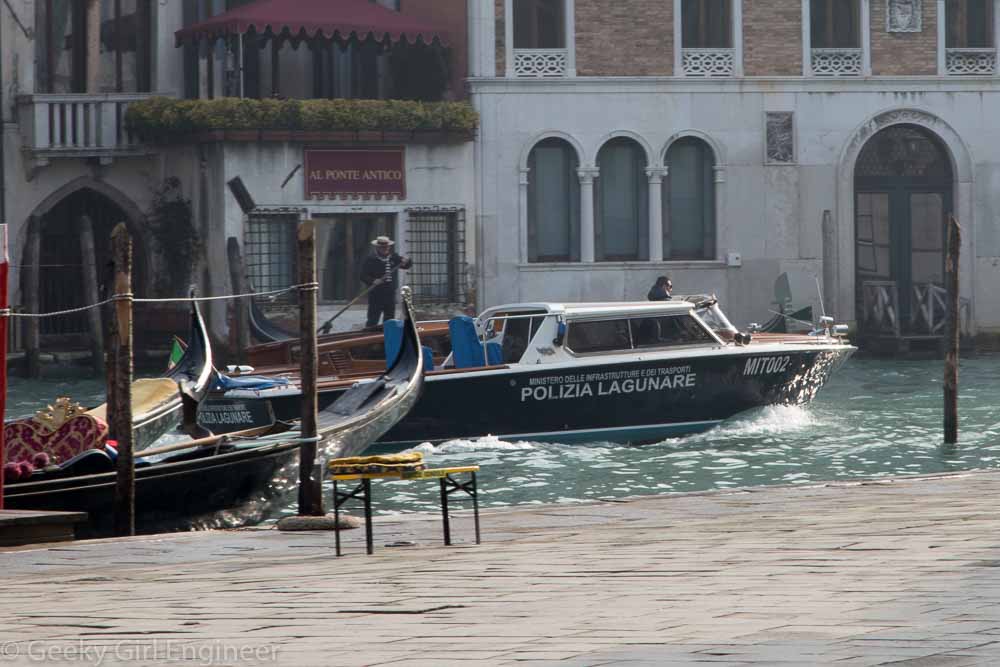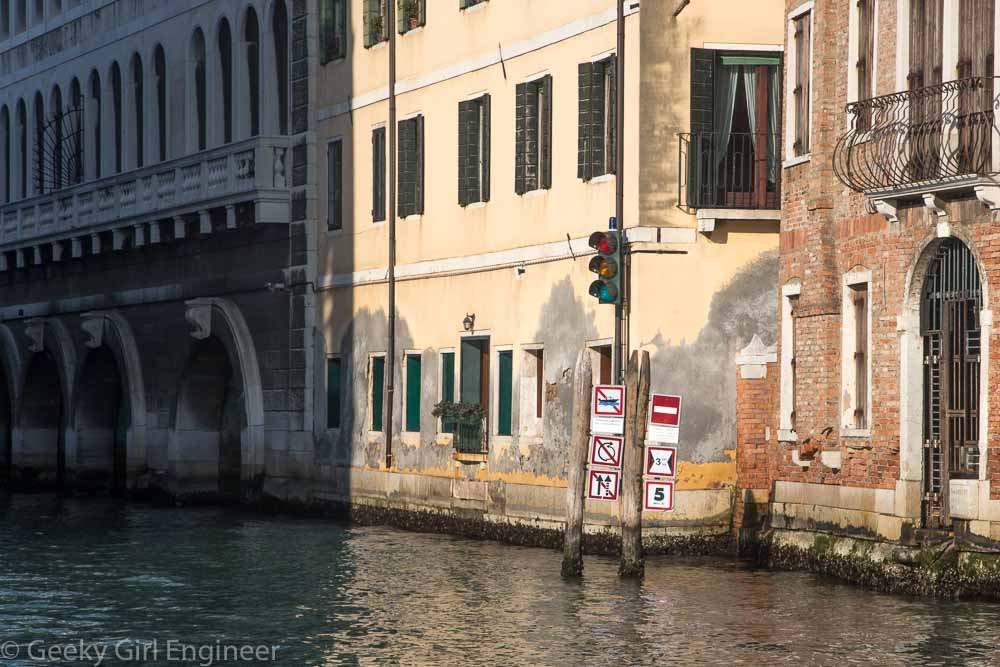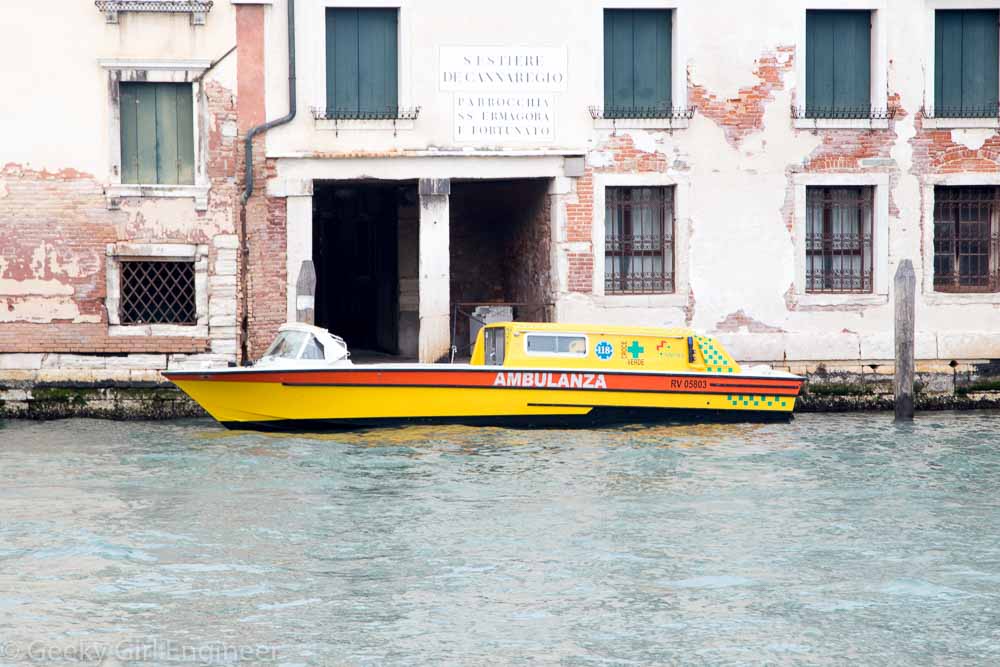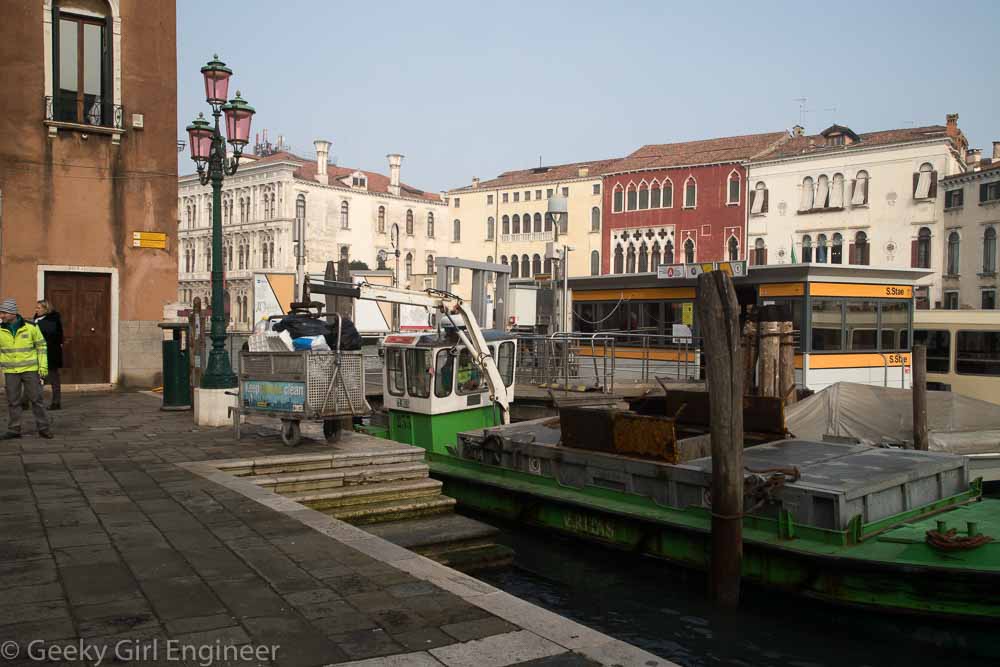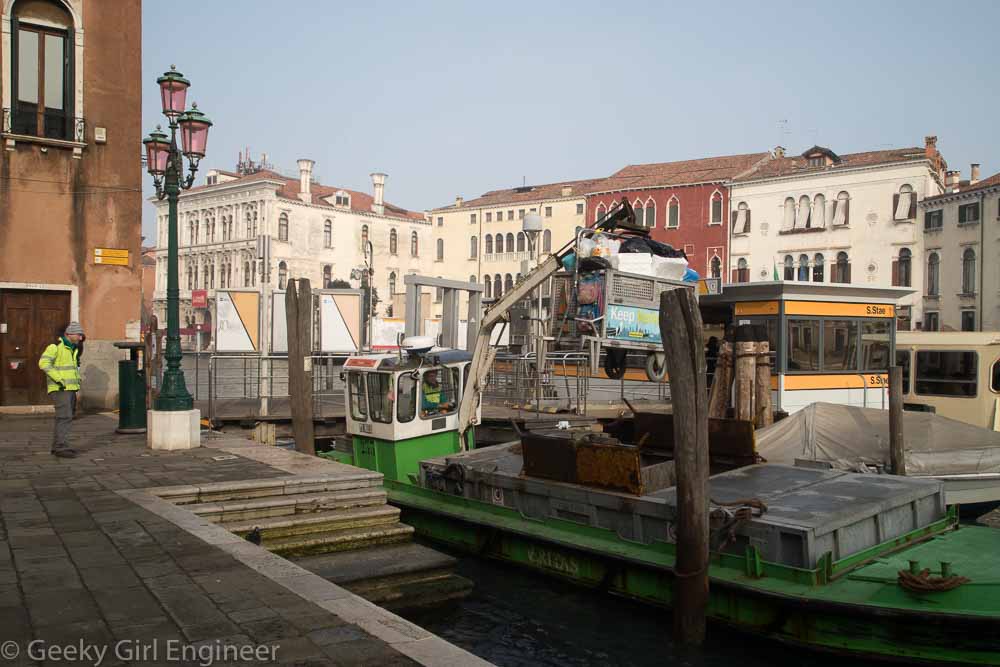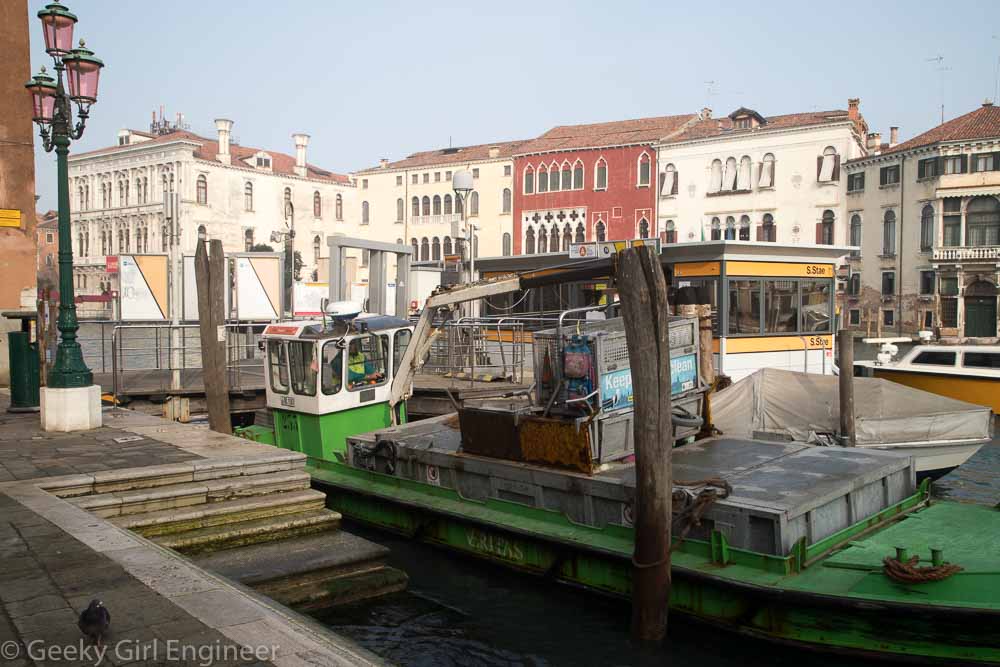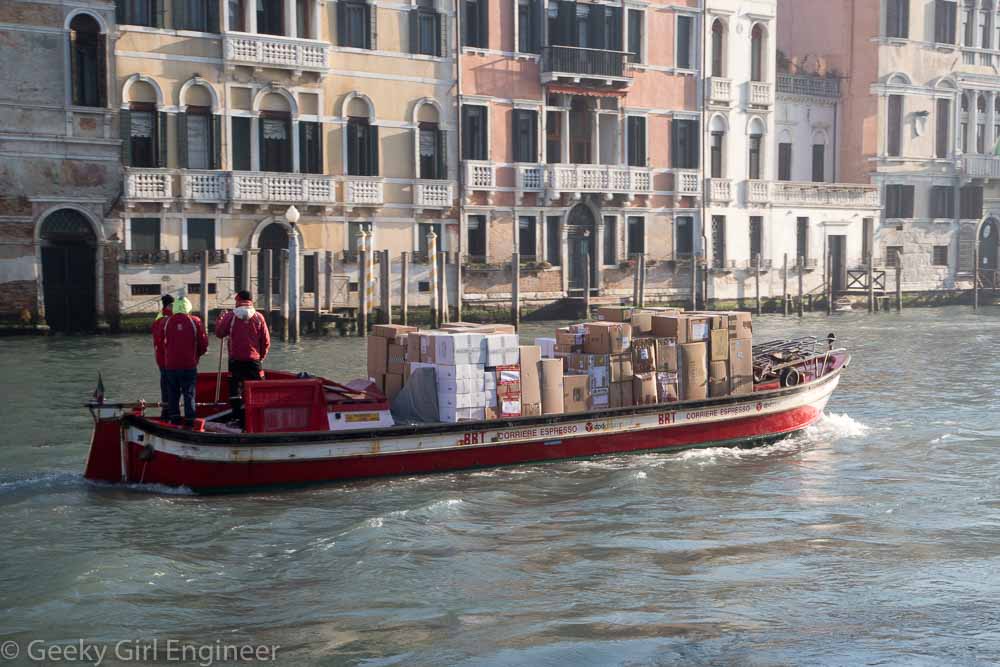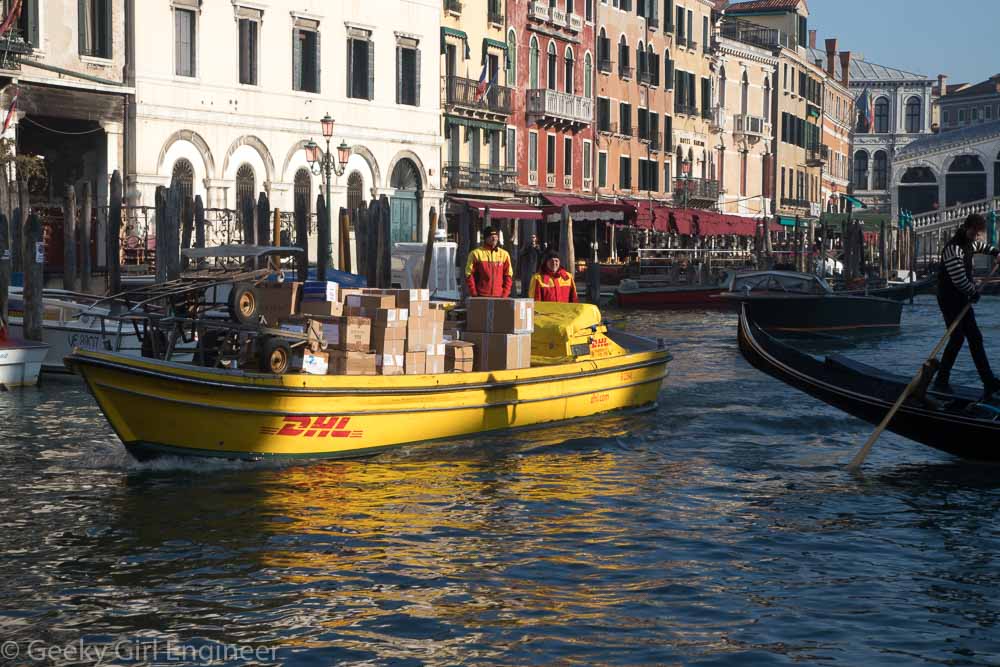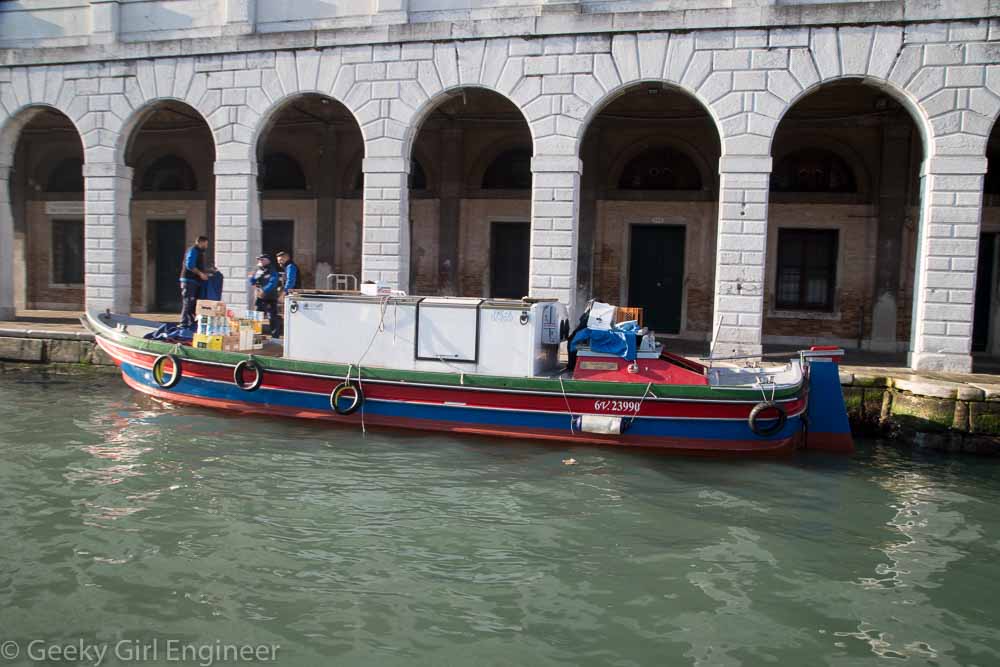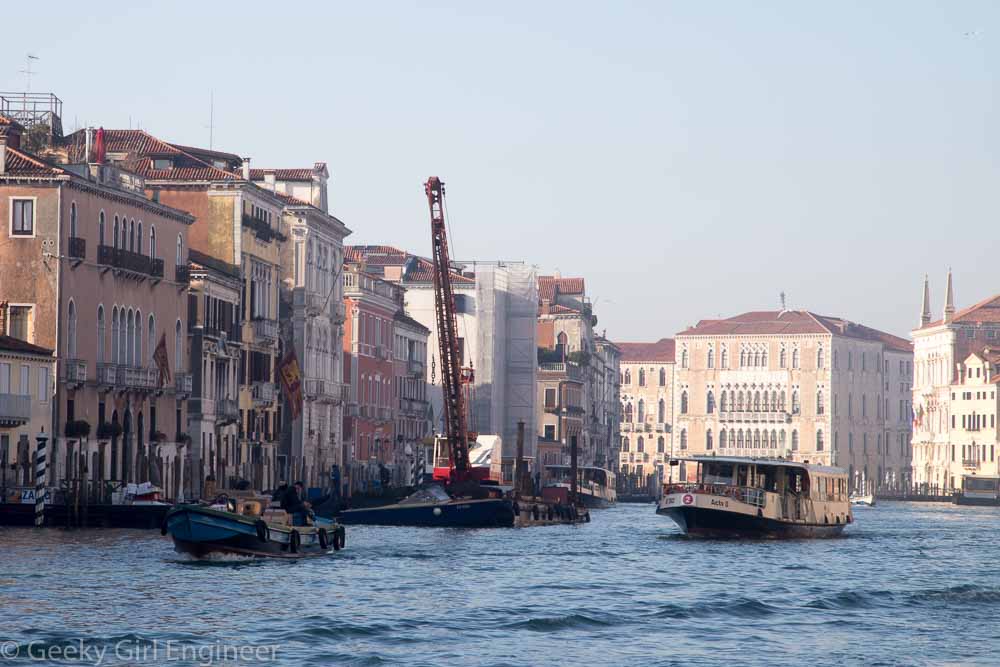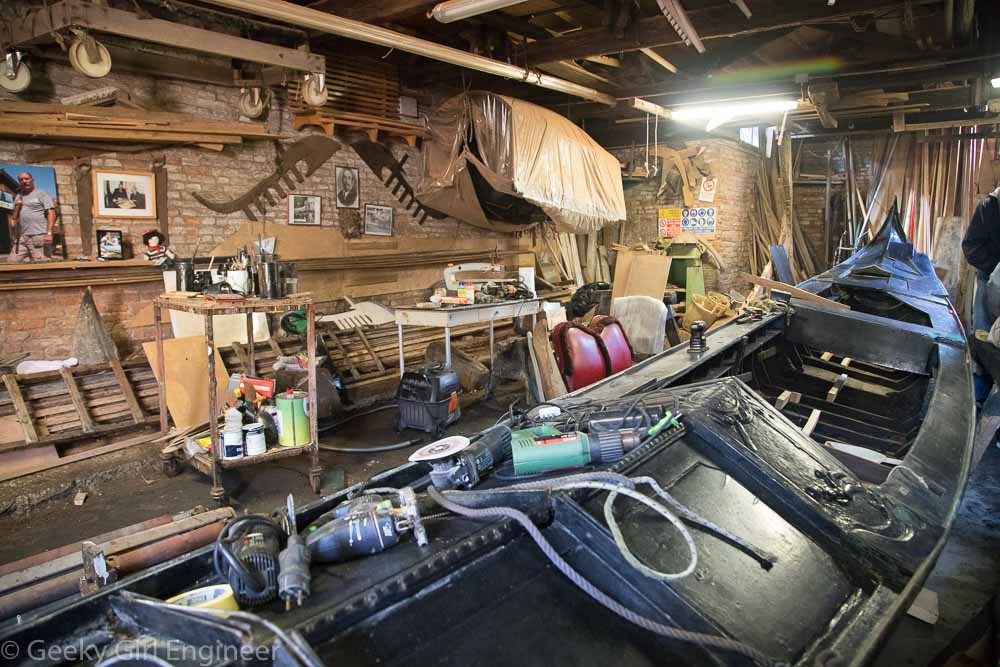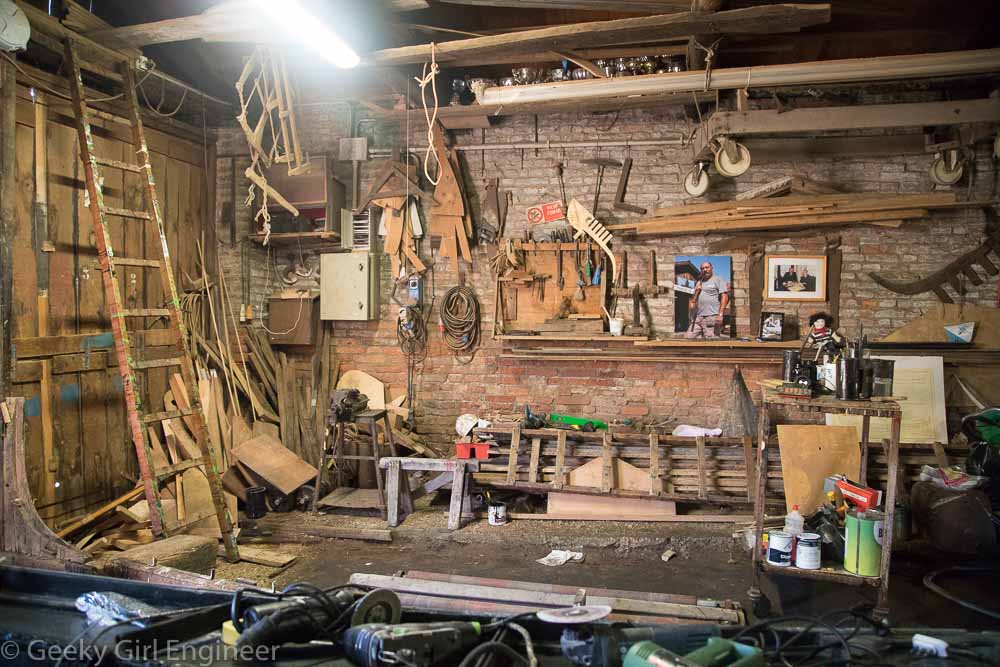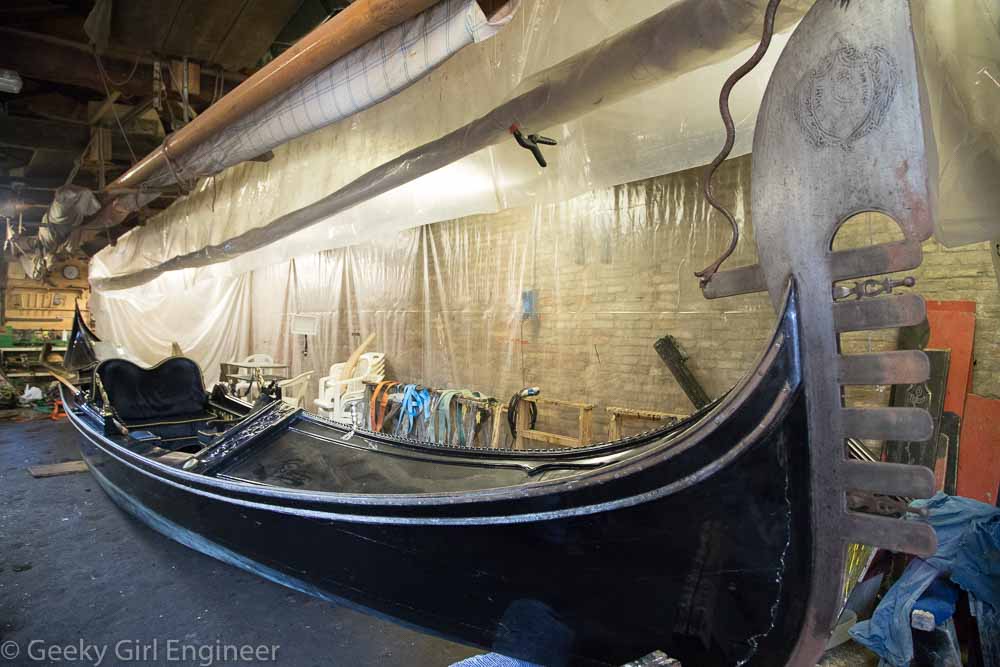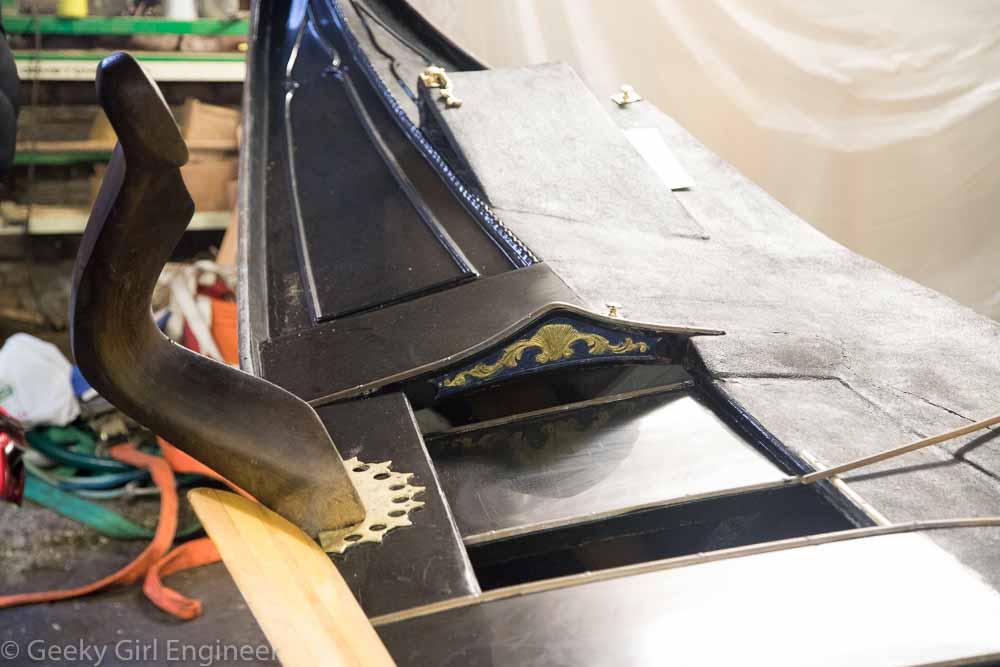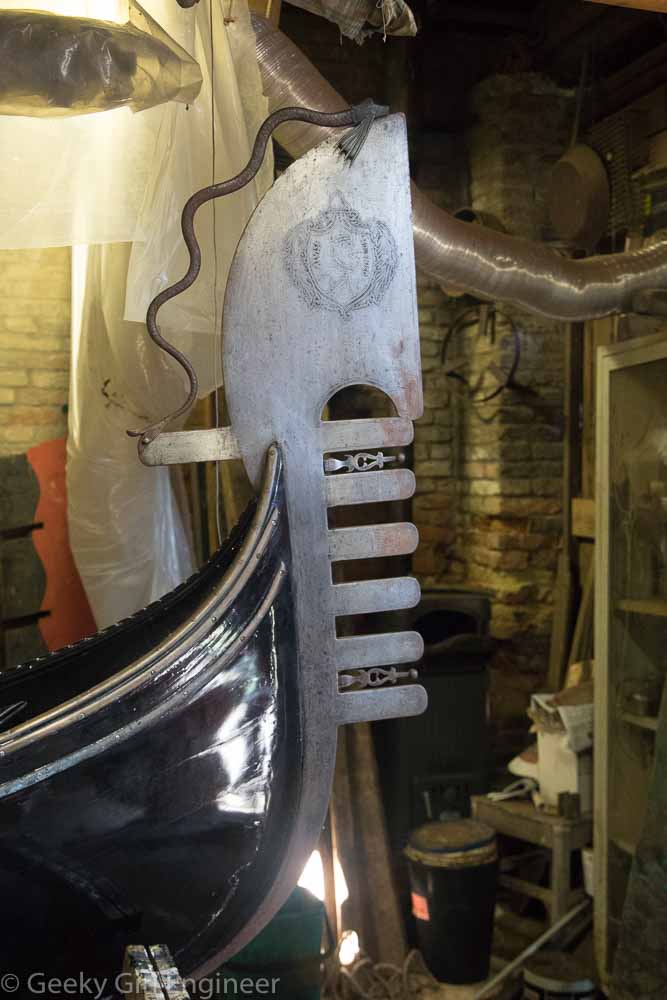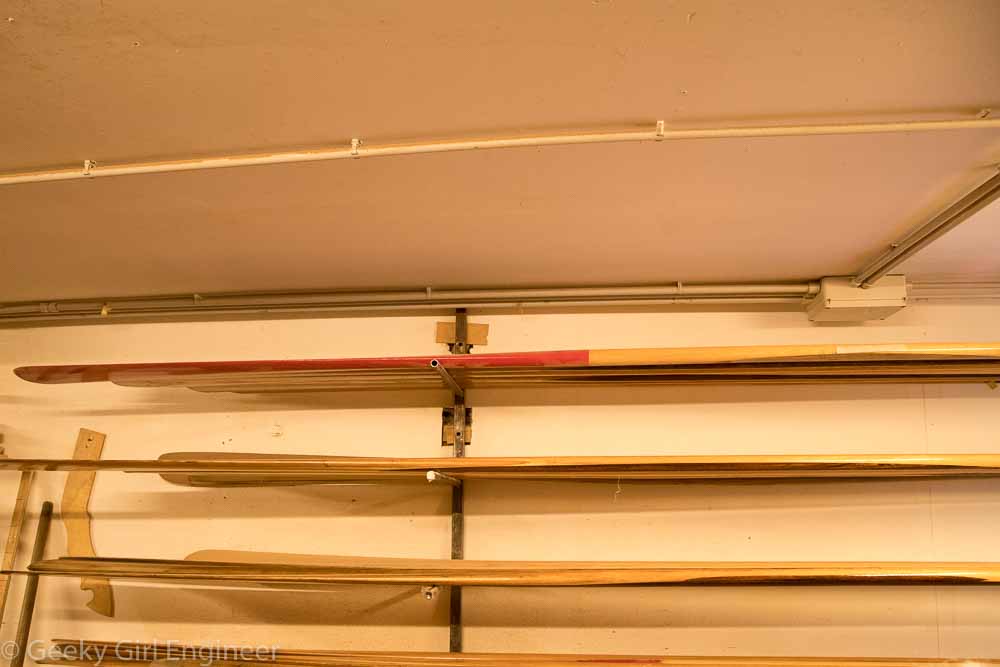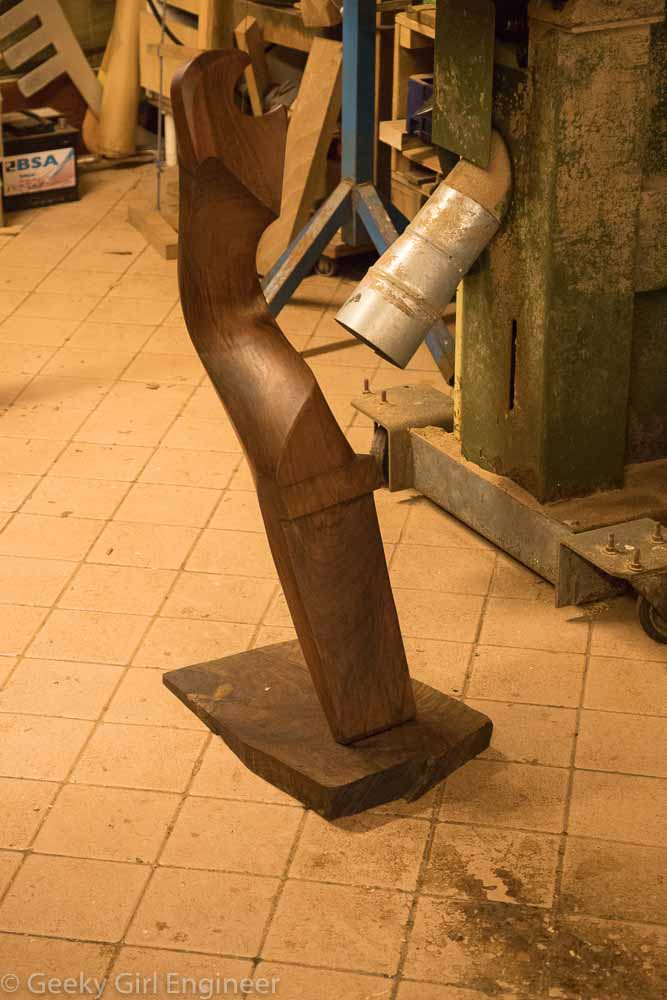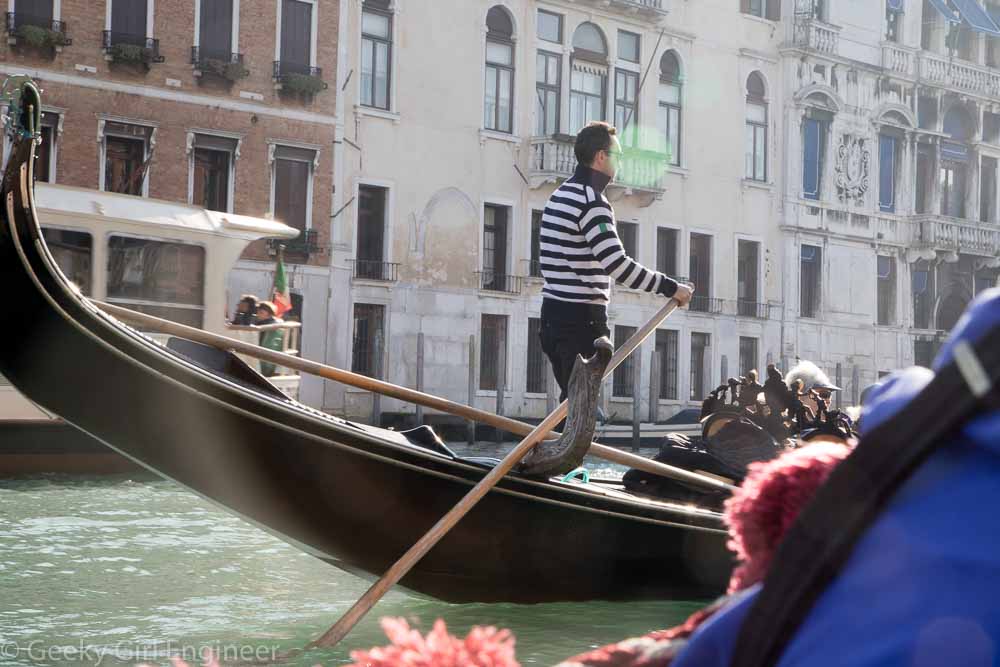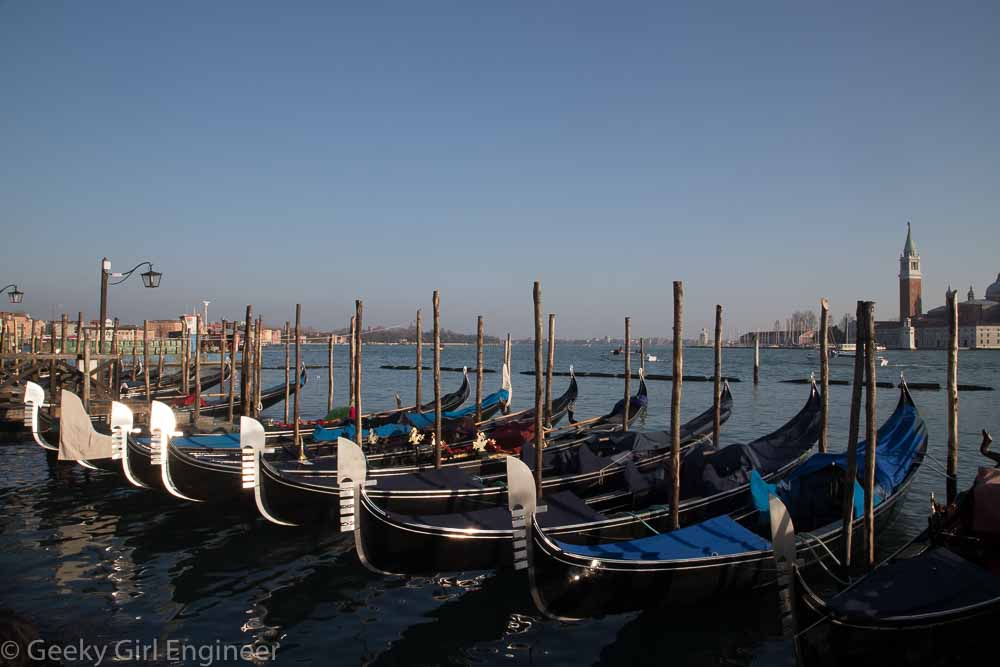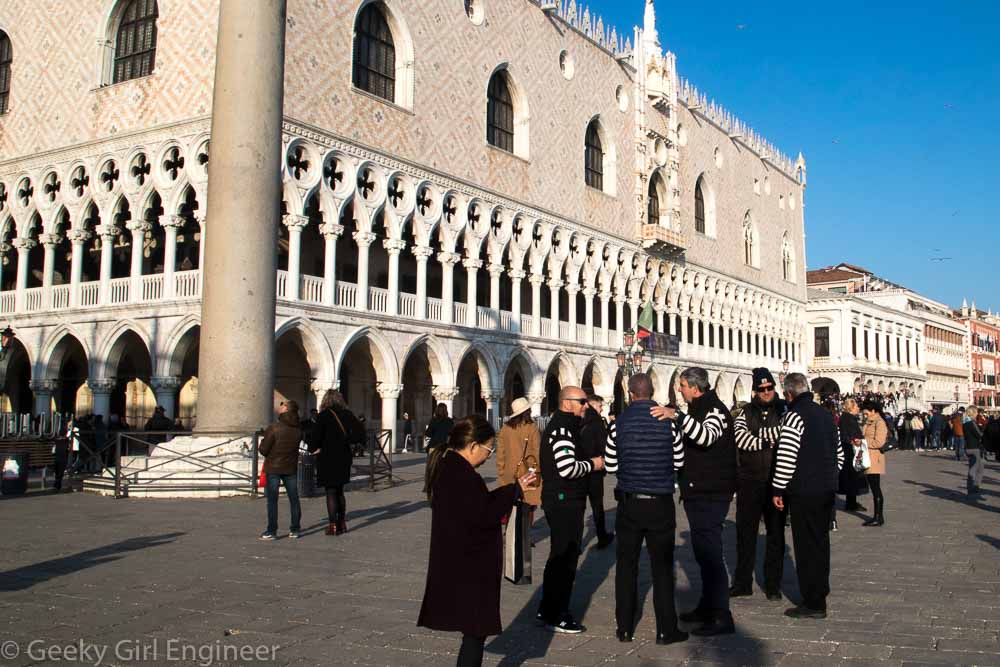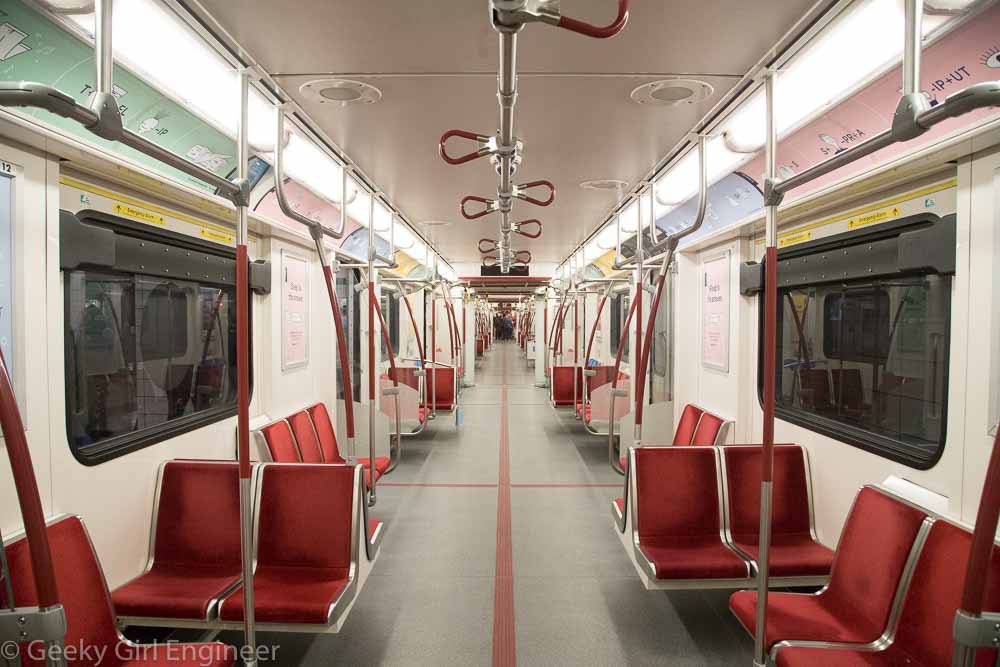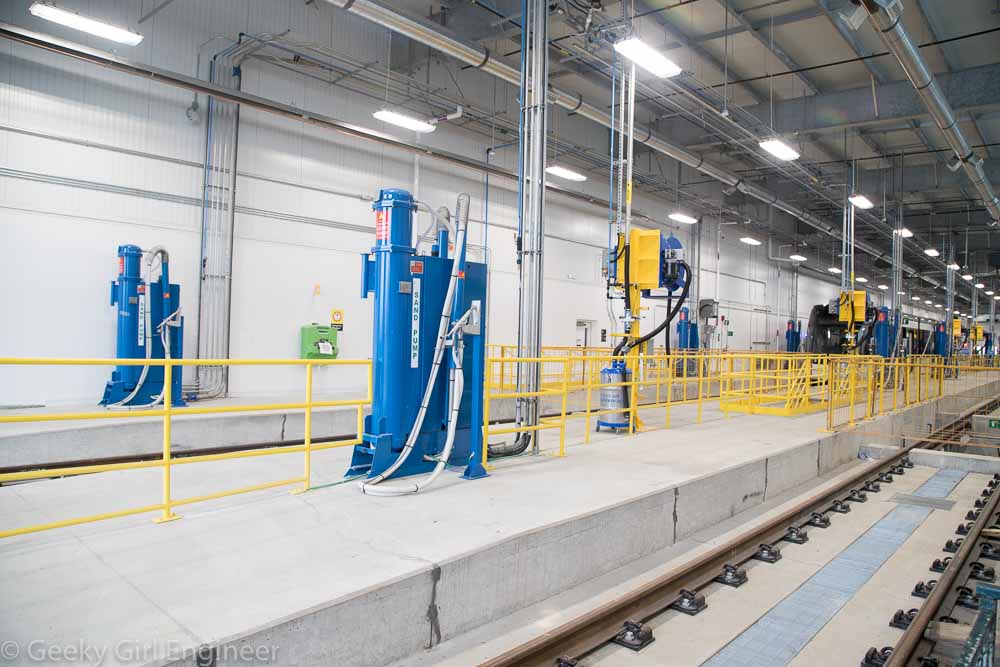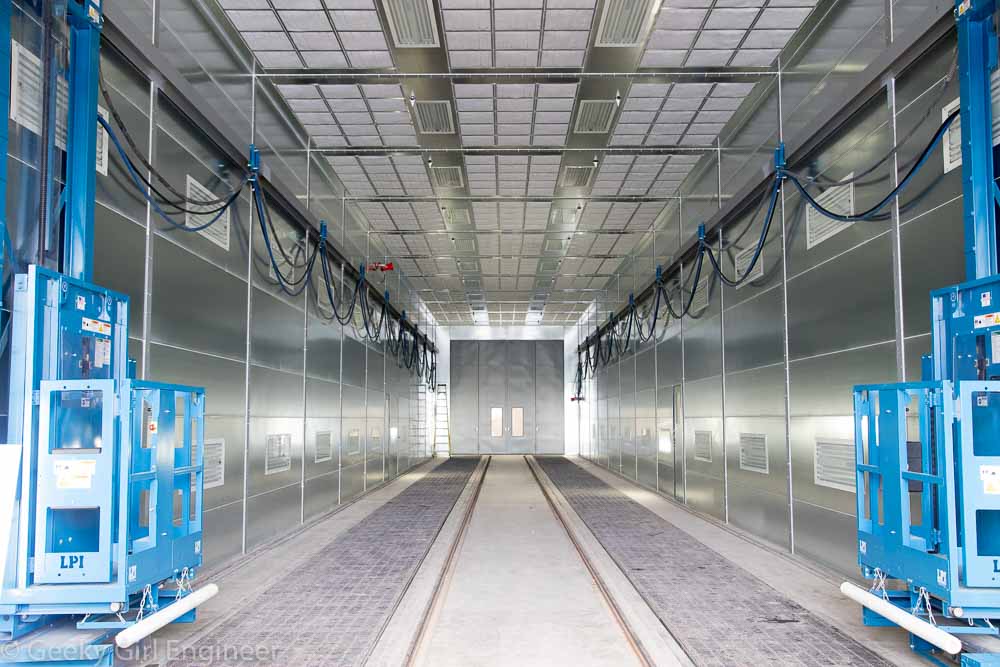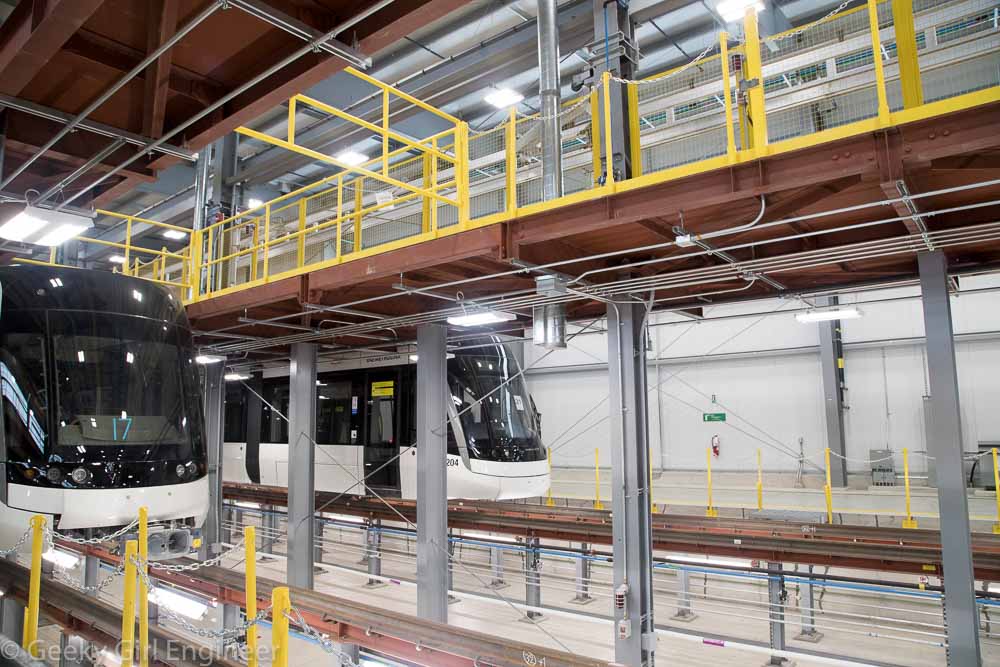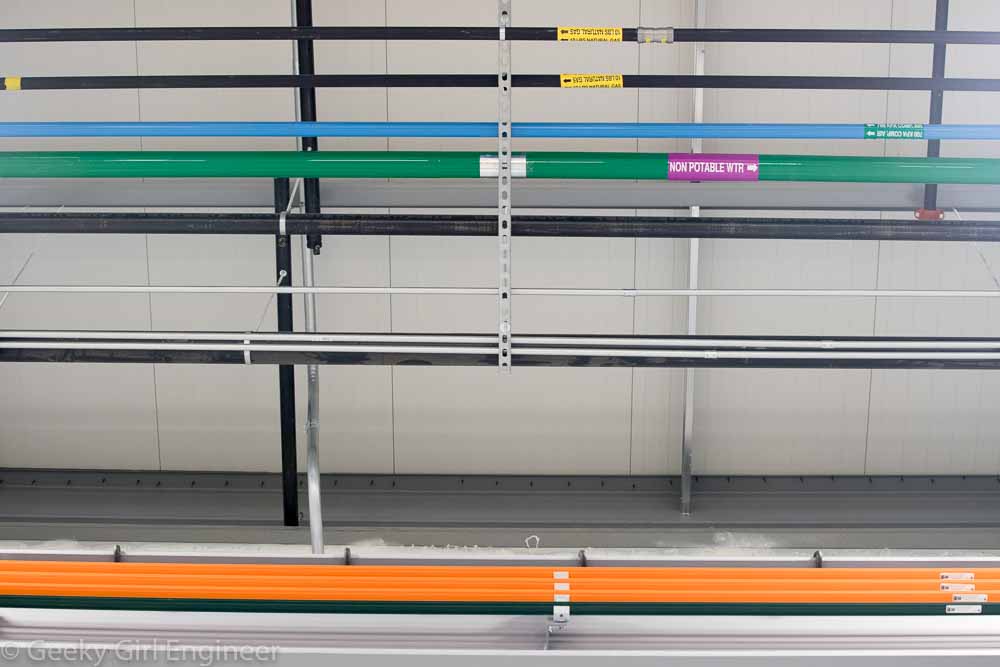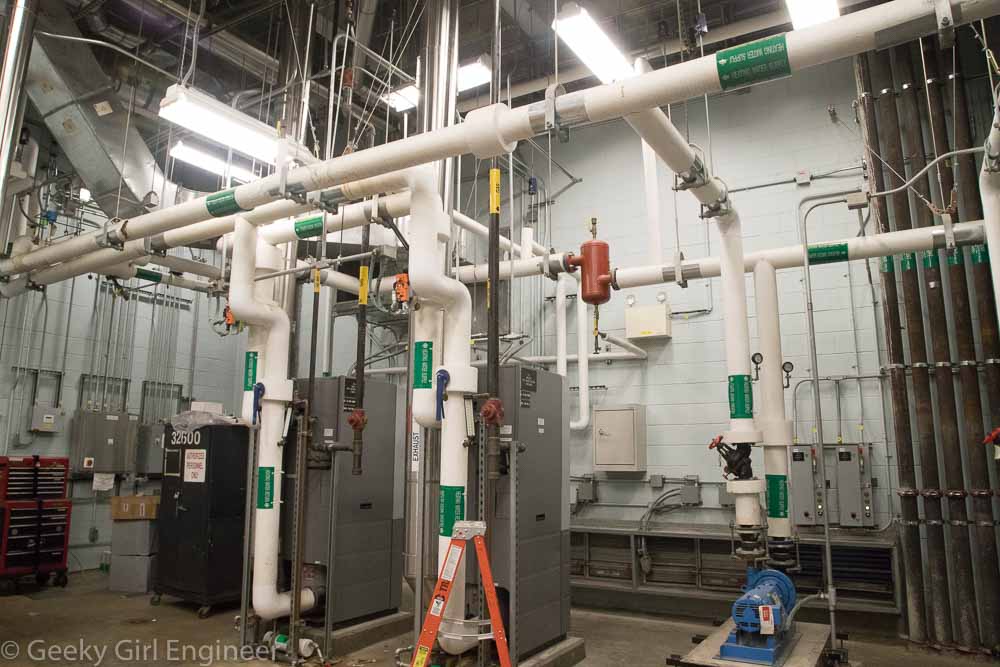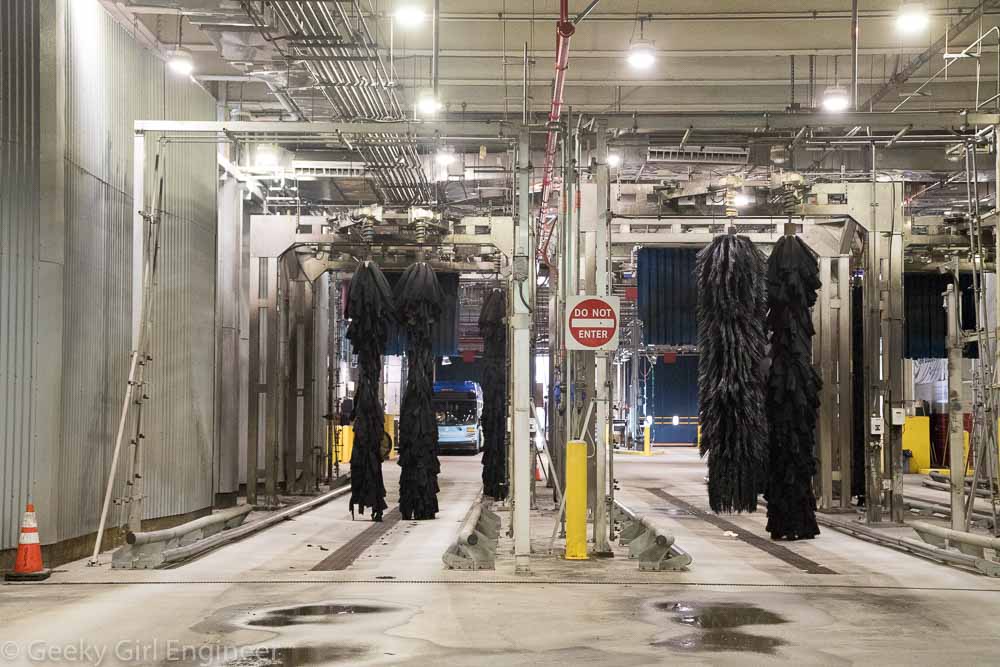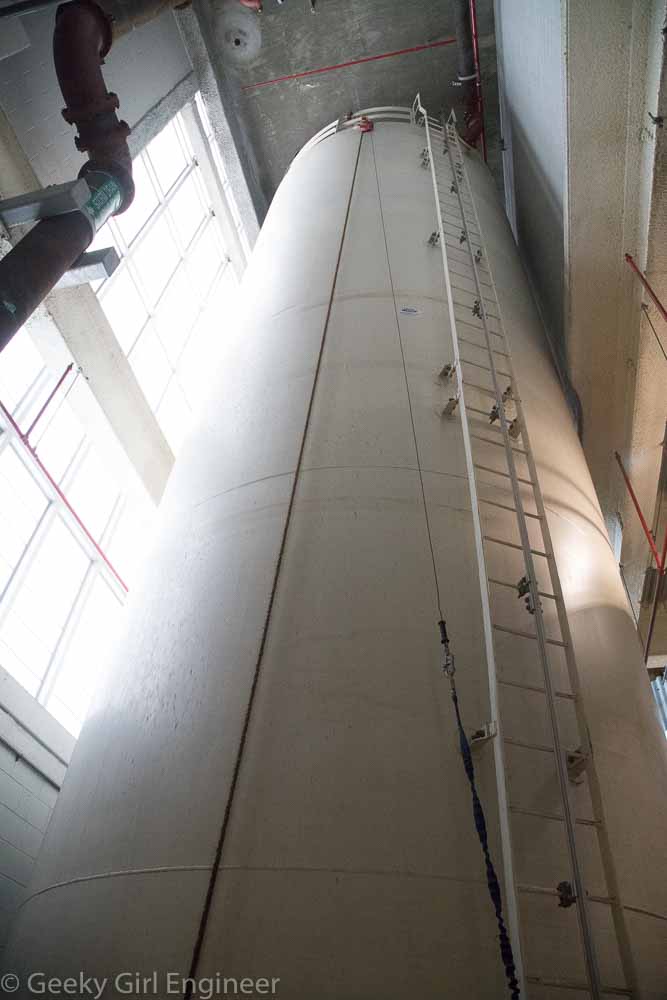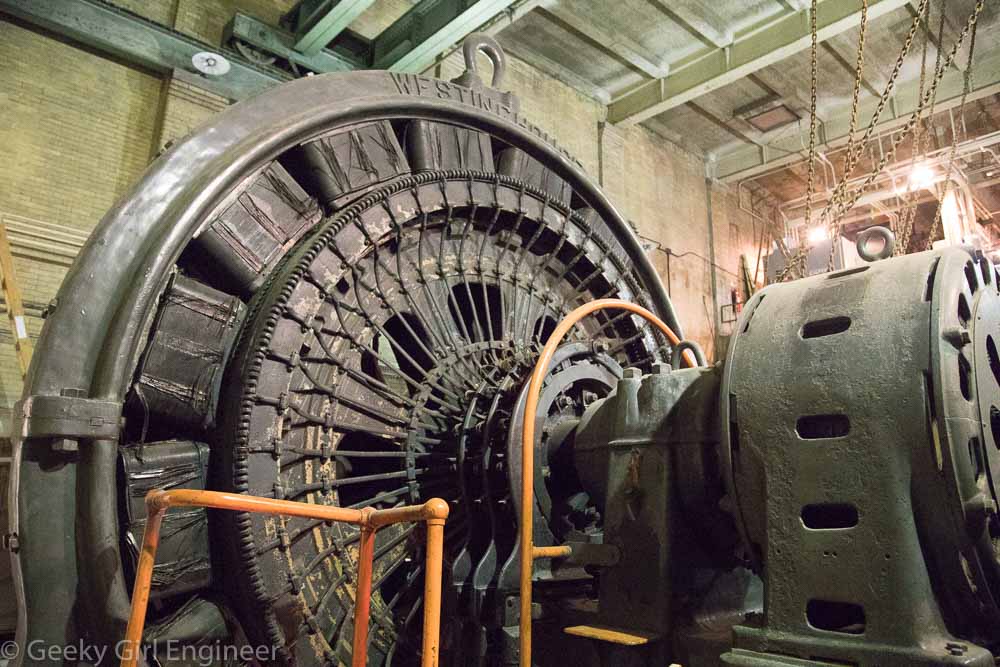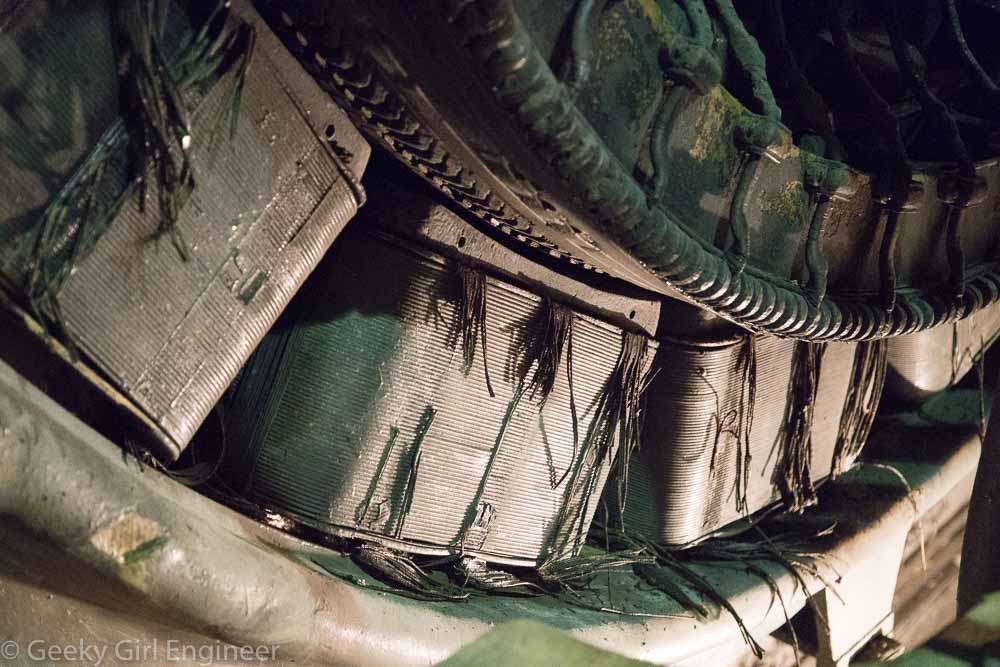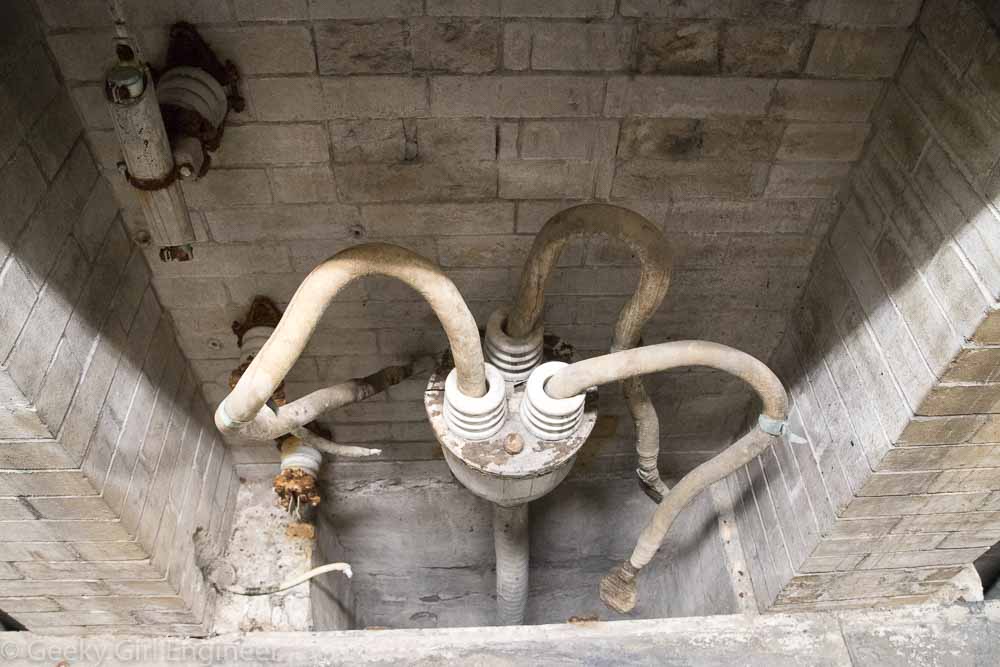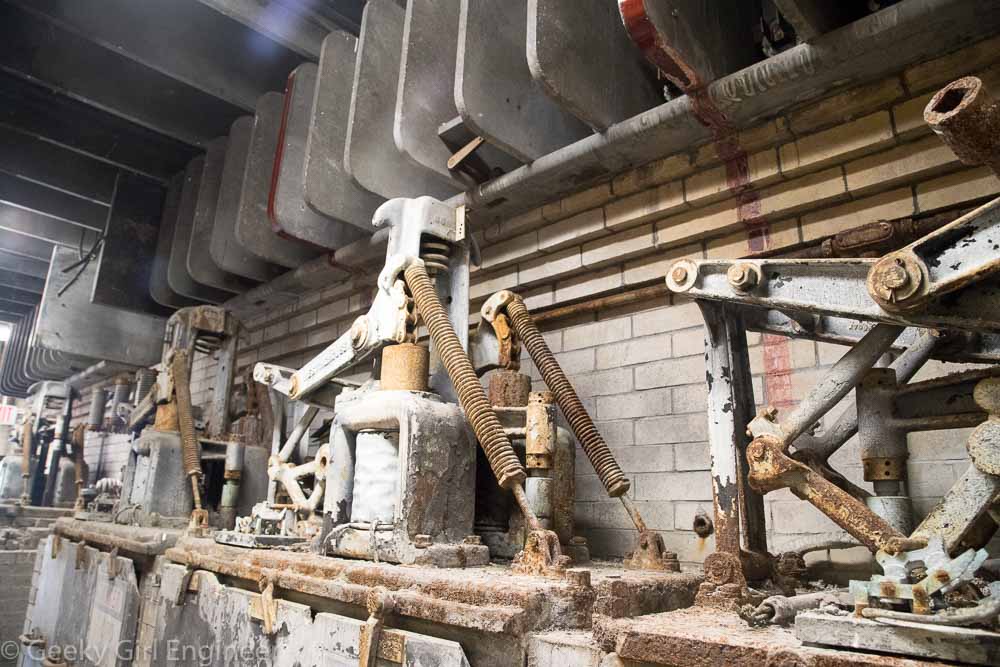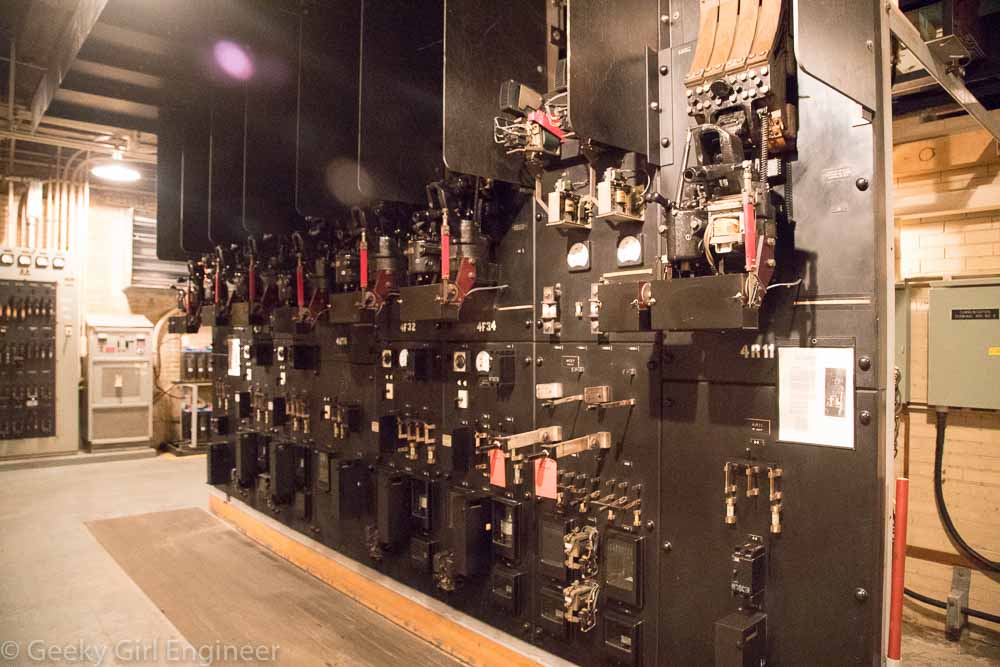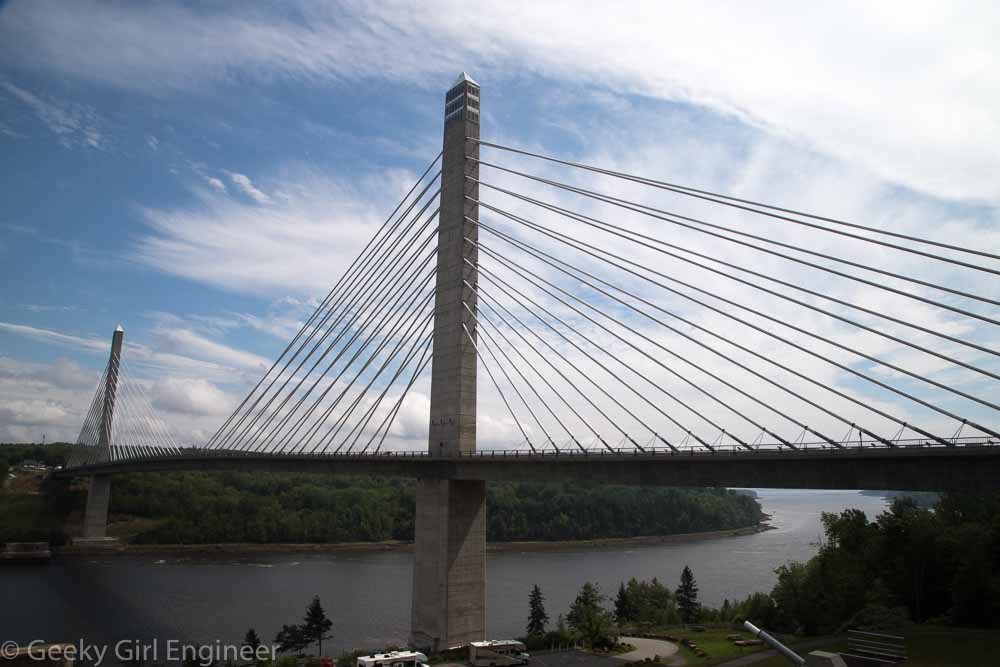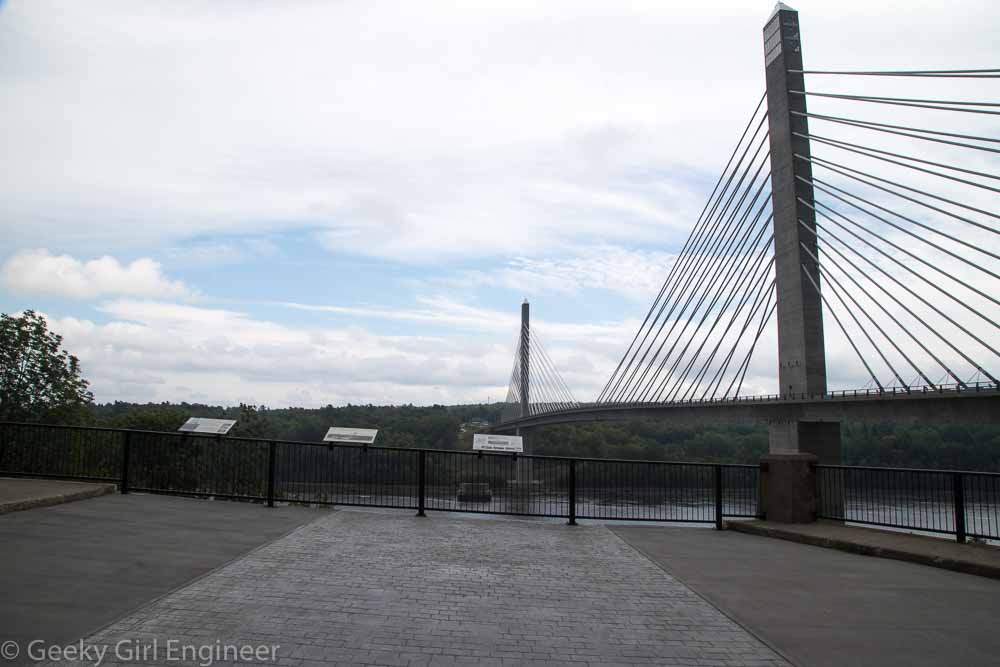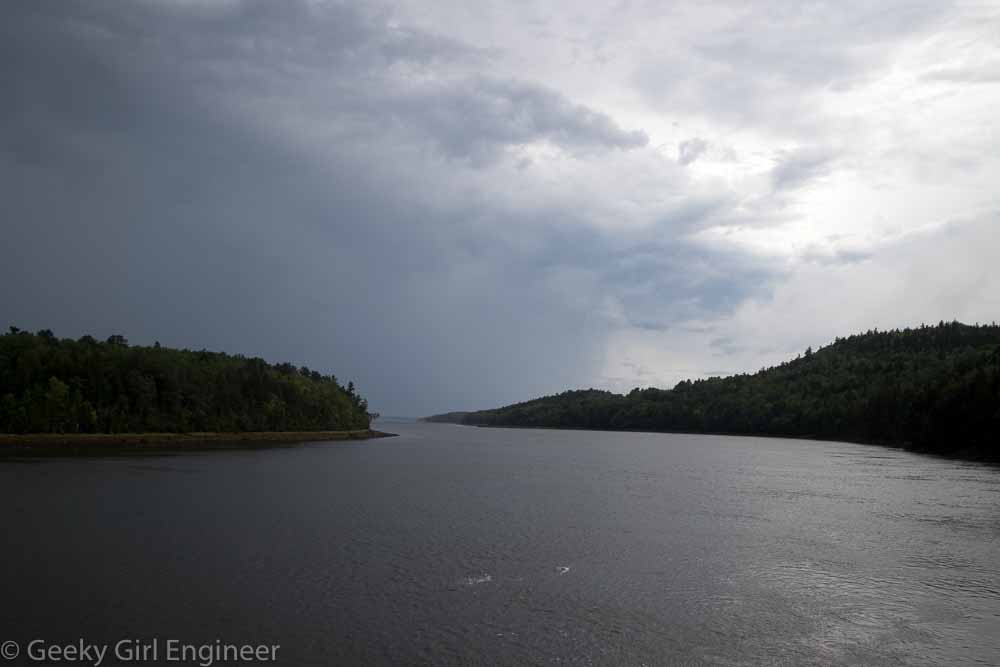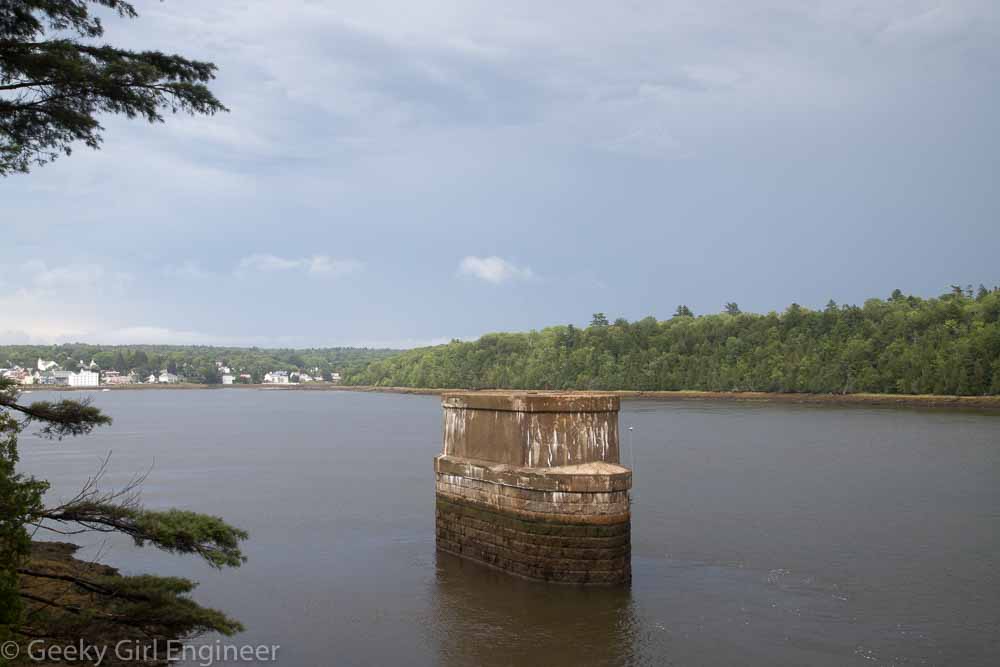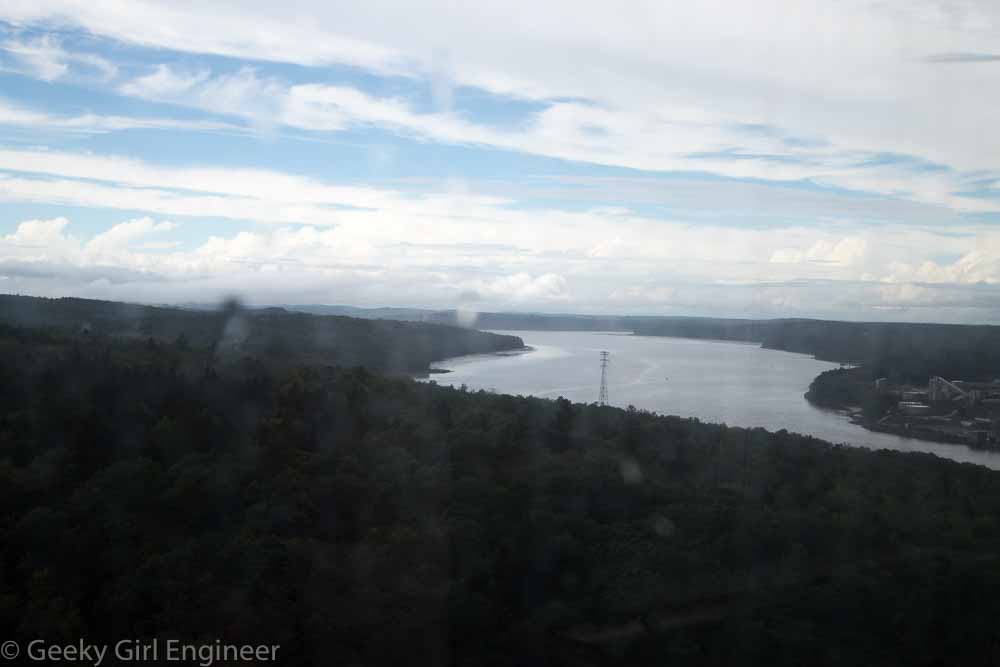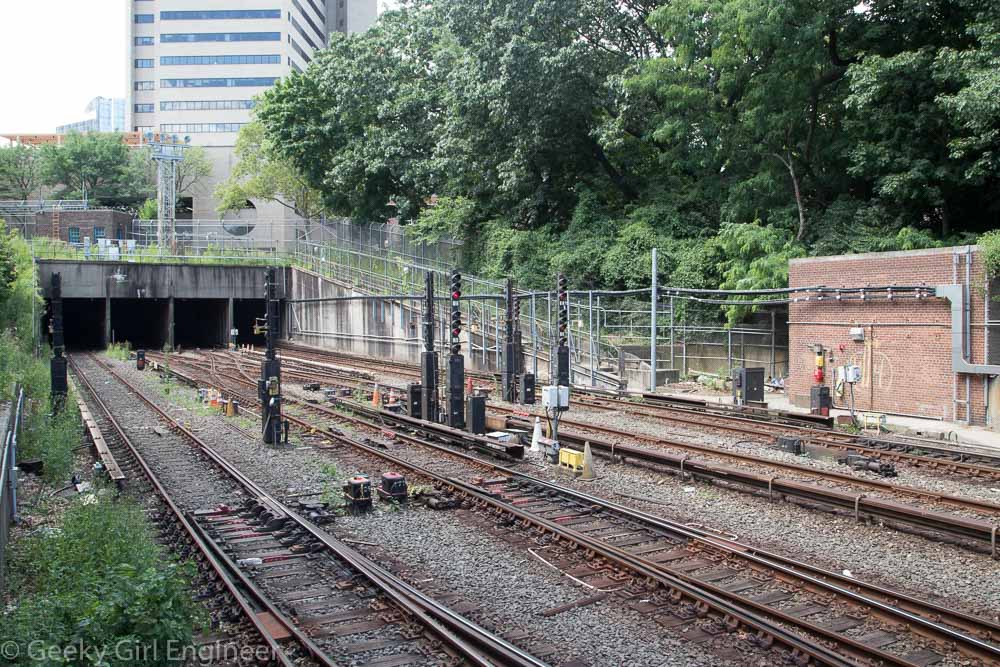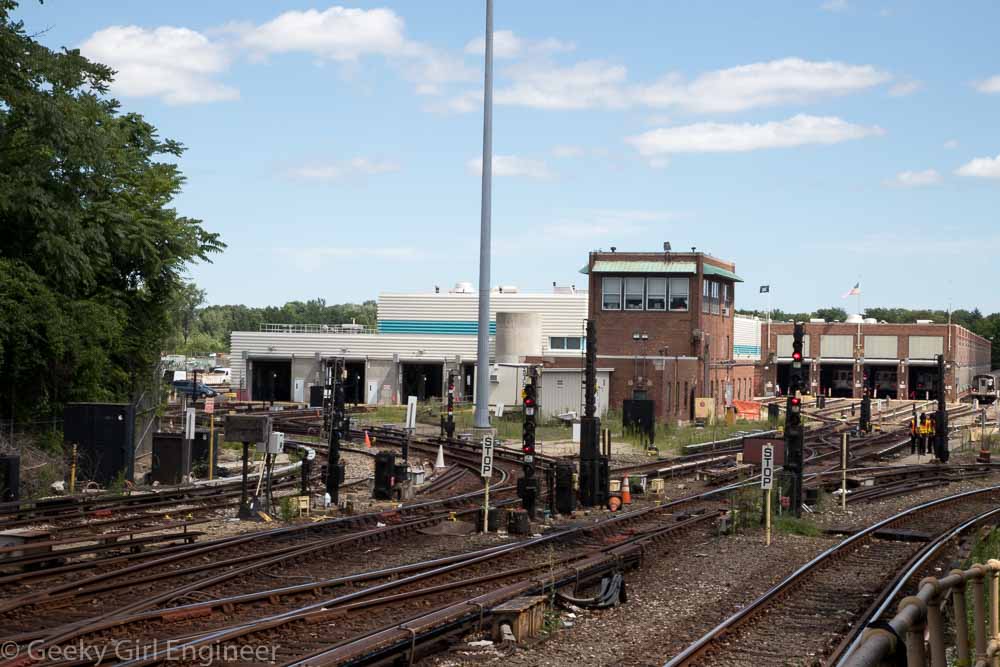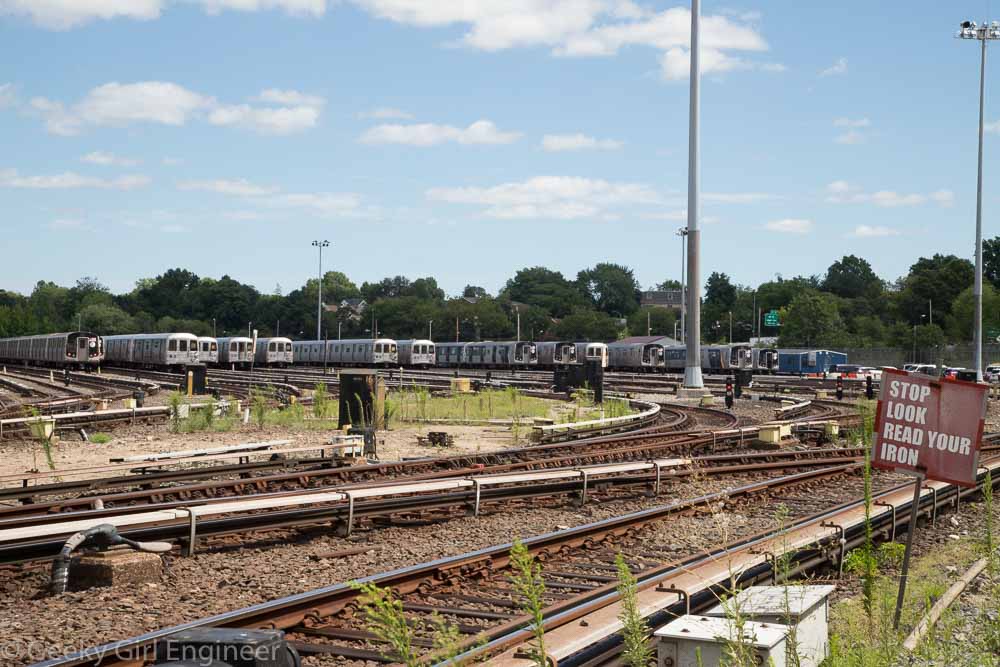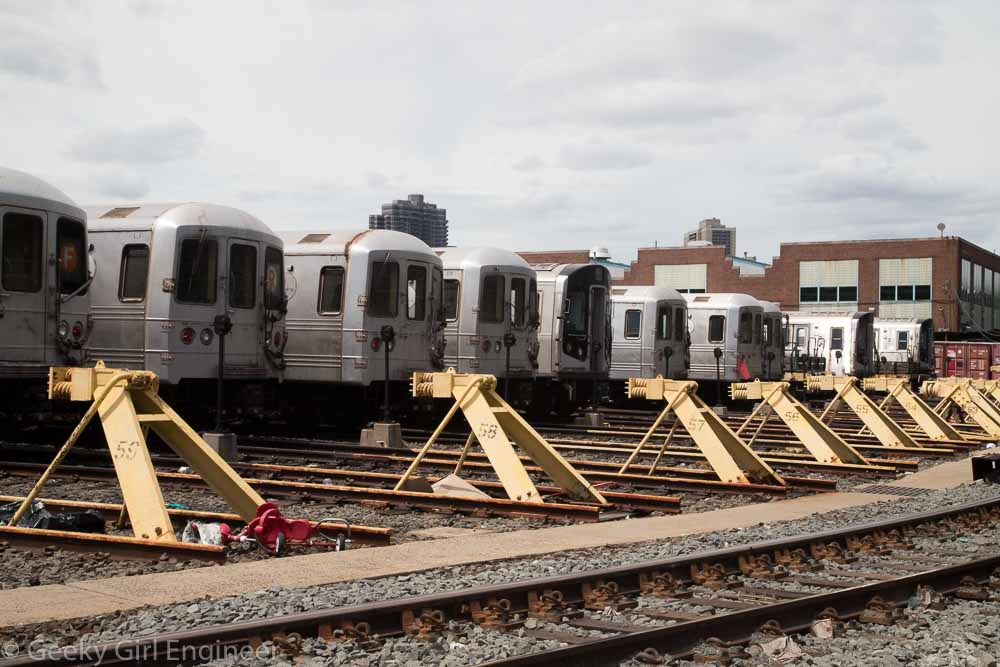We took Alaska Railroad’s Denali Star to get to Denali from Anchorage and also took it back to Anchorage. The route is just gorgeous. It goes along mountain creeks, glacial valleys, river gorges, and lakes. I was also somewhat obsessed with the clouds and the atmospheric features on both trips because the mountains were creating incredibly interesting skies. Note: the photos below are a mix of photos from the trip to Denali and the trip back to Anchorage. Also, some of the photos below include the Nenana River on which I went rafting. Also, a different view of the Hines River, featured in the photo at its confluence with the Riley River, can be seen in my photos from hiking in Denali National Park.
As this is my second round trip on Alaska Railroad, with the trip to Seward being the first, I highly recommend paying extra for Goldstar seats if you are a photographer. Besides the free meals and glass-dome ceilings on the cars, the Goldstar cars also have an outside platform passengers can go out onto at anytime, which obviously makes for much better photos. Also of note, there is an Alaska Railroad employee pointing out places of interest along the journey and letting you know when you might want to get a photo. I found it very helpful, but for reasons that are beyond me, on the Denali trip, they kept pointing out gravel pits as points of interest. I’m a geeky engineer, and even I can’t figure out why they think we all find gravel pits incredibly interesting.

